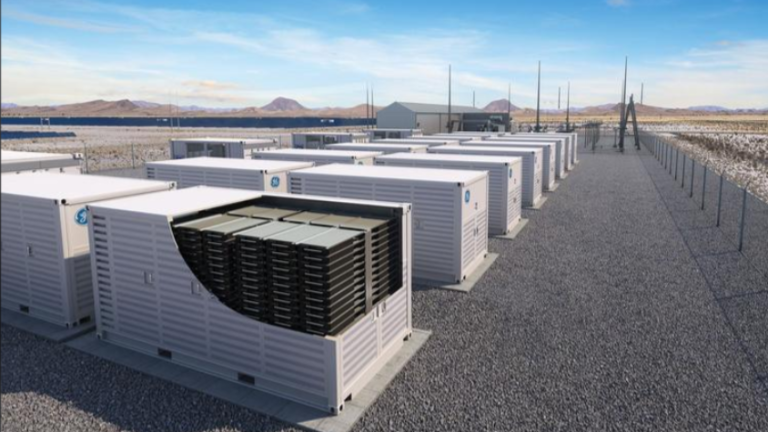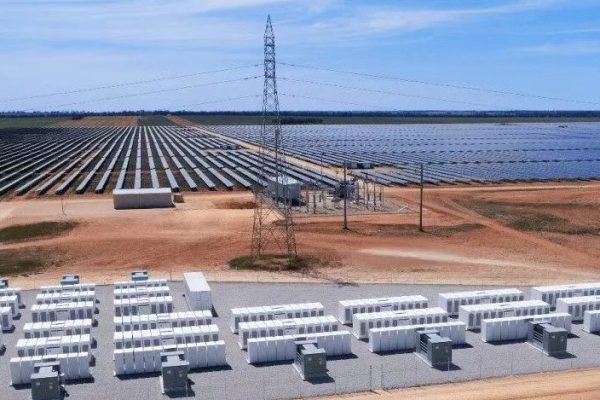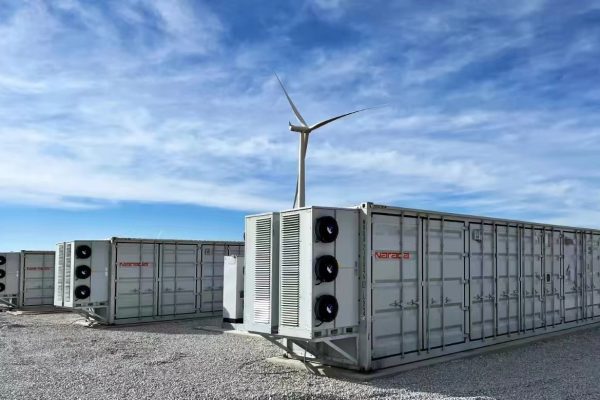🔍 Introduction: Why Peak Shaving and Load Shifting Matter
Electricity costs are rising. For many commercial and industrial (C&I) users, demand charges and time-of-use (TOU) tariffs make up a large portion of their utility bills. In this context, energy storage systems (ESS) are no longer optional — they’re strategic tools.
Two of the most valuable use cases in C&I energy management are:
- Peak shaving: Reducing short-term demand spikes to lower demand charges.
- Load shifting: Storing energy during off-peak hours and using it during peak price periods.
But how do you design a system that actually works?
This article breaks down how to plan and size a battery energy storage system (BESS) that delivers economic returns, technical stability, and real-world performance.
🧠 Core Definitions
| Term | Meaning |
|---|---|
| Peak Shaving | Discharging battery power to reduce brief spikes in demand, avoiding demand charges. |
| Load Shifting | Charging the battery during low-rate periods and discharging during high-rate periods. |
| Demand Charge | Extra fees based on the highest 15-30 min power usage in a billing cycle. |
| TOU Pricing | Electricity price varies by time of day (e.g., off-peak = $0.05/kWh, peak = $0.25/kWh). |
In most grid-connected C&I sites, the goal is economic: cut bills without disrupting operations.
🔍 Step 1: Understand Your Load Profile
📊 Analyze Historical Consumption Data
- Interval data (15-min or 1-hour) is ideal for identifying demand peaks.
- Look for:
- Peak times (e.g., 9:00 AM – 11:00 AM)
- Load dips (midnight, weekends)
- Seasonal variations
Example Load Profile
| Time | Power Usage (kW) |
|---|---|
| 1:00 AM | 80 |
| 9:00 AM | 220 (peak) |
| 3:00 PM | 180 |
| 9:00 PM | 100 |
From this data, it’s clear that:
- Peak shaving should cover the 9:00 AM spike
- Load shifting can target low-cost night charging → morning discharge
📌 Related reading: Typical Load Profiles in C&I Applications
⚙️ Step 2: Define the Control Strategy
Your control logic determines how the ESS interacts with the site.
| Strategy | Priority | Control Logic |
|---|---|---|
| Peak Shaving | Demand limit | When demand > X kW, discharge battery |
| Load Shifting | TOU arbitrage | Charge during low tariff, discharge during peak tariff |
| Mixed Strategy | Combo | Prioritize peak shaving during peak tariff periods |
🧠 Tip: Hybrid strategies are increasingly common, especially in markets with complex tariffs and volatile demand.
🔋 Step 3: Battery Sizing — Power vs. Energy
Designing the right battery starts with two dimensions:
| Parameter | Role |
|---|---|
| Power (kW) | Determines how fast the battery can discharge (for shaving peaks) |
| Energy (kWh) | Determines how long the battery can discharge (for load shifting) |
Sizing for Peak Shaving
- Identify the peak demand you want to cut.
- Calculate how much power (kW) you need to cover it.
- Determine duration (usually 15–30 minutes).
Example:
- Peak = 220 kW
- Base load = 150 kW
- Goal = shave 70 kW for 30 minutes
- Required = 70 kW × 0.5 h = 35 kWh energy
- Battery should deliver 70 kW continuous power, 35–40 kWh energy
Sizing for Load Shifting
- Estimate energy needed during peak rate periods (e.g., 4 hours).
- Design battery capacity accordingly.
- Power capacity can often be lower (depends on discharge window).
Example:
- Peak price from 4 PM–8 PM
- Load = 100 kW average
- Desired coverage = 100 kW × 4 h = 400 kWh
- Choose inverter power ≥100 kW
🔁 Step 4: Inverter Sizing and Selection
- Inverters must match the power rating of your battery discharge plan.
- For peak shaving, fast response is key → hybrid or PCS inverters with millisecond response time
- For load shifting, consider:
- Grid synchronization
- Round-trip efficiency
- Multi-period discharge control
🛠️ Hybrid inverters that support both PV input + battery can enhance ROI by combining solar self-consumption with TOU arbitrage.
📌 Related reading: How to Choose a Hybrid Inverter for Small-Scale PV Projects
🧰 Step 5: EMS and Control Integration
- Use an Energy Management System (EMS) or Site Controller that can:
- Monitor grid price signals or TOU schedules
- Monitor real-time load (via CT meters)
- Automatically dispatch the battery based on strategy
- Cloud-based EMS systems also allow remote monitoring and scheduling
⚠️ Don’t rely on manual switching or basic timers — sophisticated EMS saves more.
🧮 Step 6: Economic Calculation (Example)
Let’s assume:
- Demand charge: $15/kW
- TOU: $0.05 (off-peak), $0.25 (peak)
- Battery: 500 kWh, 200 kW inverter
- Usage: 30% for peak shaving, 70% for TOU arbitrage
Savings:
- Peak shaving: 50 kW × $15 × 12 months = $9,000/year
- Load shifting: 350 kWh/day × $0.20 × 365 = $25,550/year
- Total savings = ~$34,000/year
If system cost = $150,000, simple ROI ≈ 4.4 years
📌 Note: Actual ROI depends on site conditions, incentives, degradation, and electricity rates.
🏗️ Step 7: Deployment and Flexibility
When choosing components for your ESS:
- Prefer modular battery racks (easier to scale or replace)
- Use inverters with parallel support for future expansion
- Choose suppliers with proven C&I experience and remote support
- Ensure UL/IEC certifications for grid compliance
🧠 SMEs and mid-size facilities should avoid overspending on oversized systems. A well-tuned, medium-scale ESS can provide >80% of the value with <50% of the cost.
✅ Summary: ESS Design Checklist for Peak Shaving & Load Shifting
| Step | Action |
|---|---|
| 1. | Analyze load profiles (demand peaks, TOU windows) |
| 2. | Choose control strategy (shaving, shifting, or both) |
| 3. | Size battery for both power and energy requirements |
| 4. | Select inverter with proper specs (hybrid, PCS, bidirectional) |
| 5. | Integrate EMS with advanced logic |
| 6. | Run ROI simulation before procurement |
| 7. | Plan for expansion, compliance, and remote monitoring |
🌍 Why It Matters for SMEs and Project Integrators
Many mid-size users (hotels, schools, clinics, logistics centers) suffer from high energy bills but are underserved by large ESS providers.
By offering:
- Correct sizing
- Flexible sourcing
- Responsive after-sales support
…you can establish trust and long-term business as a technical trading partner.
At GR-Newenergy, we help EPCs, integrators, and SMEs design and procure modular ESS solutions for peak shaving, load shifting, and solar self-consumption — with short lead times, BOM matching, and engineering insight.
📌 Need help matching battery + inverter for your load profile?
Talk to our technical team →









